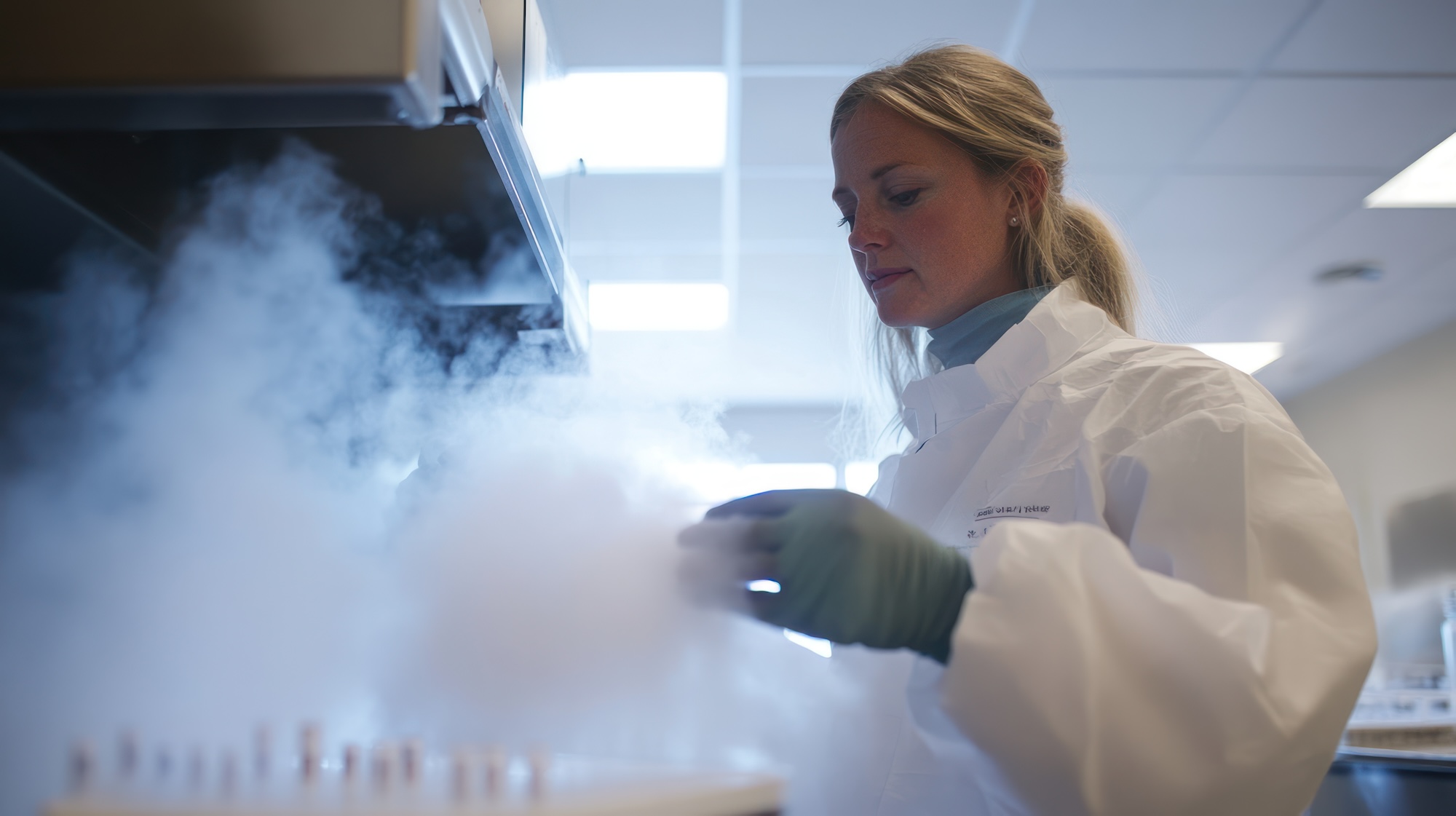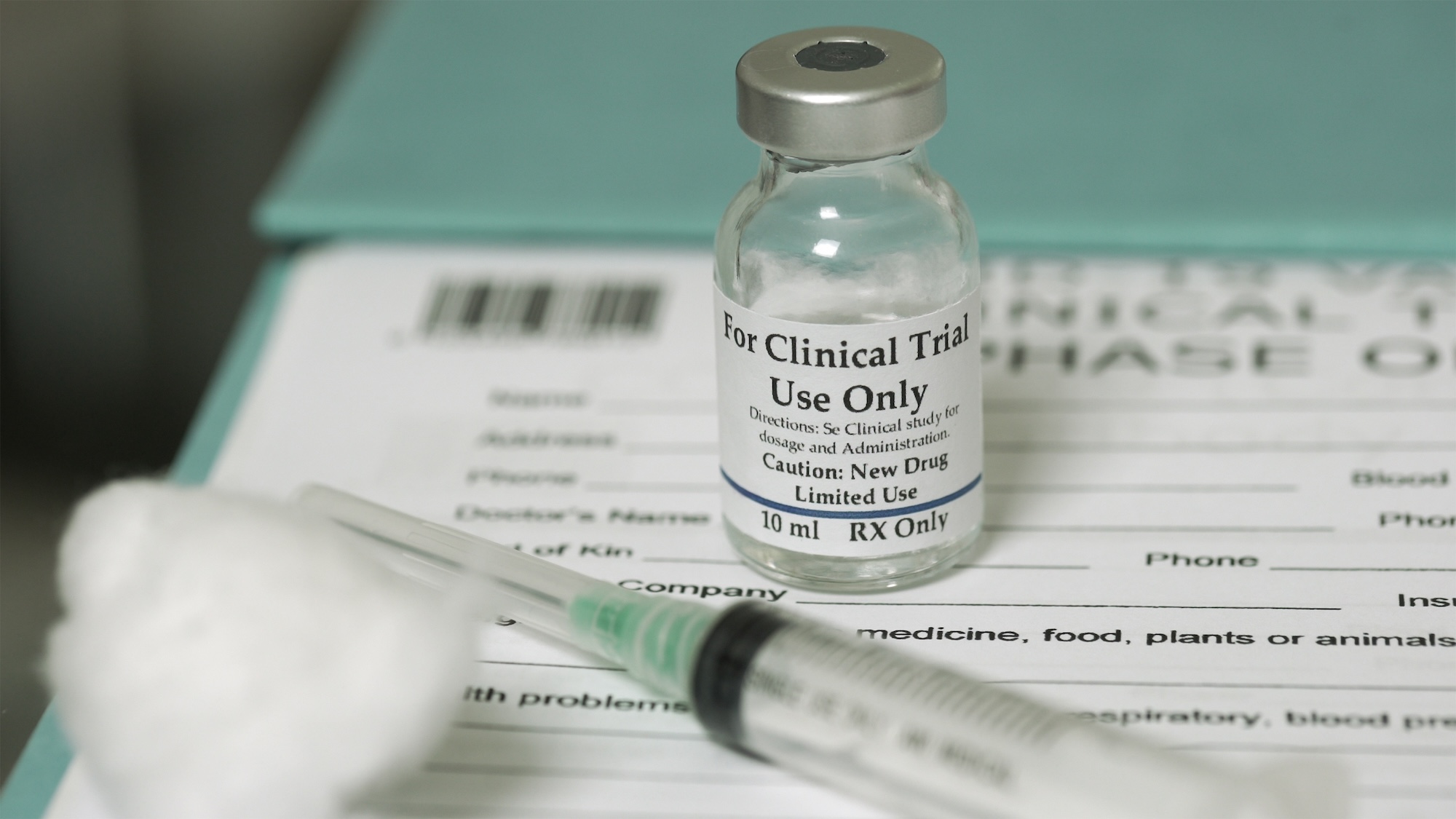Boost value in clinical trial management with two-way integrations

There’s a huge surge in products that require cold chain – a Pharmaceutical Commerce Analysis of IQVIA and Evaluate Pharma forecast projects a 48% growth in cold chain sales between 2018-24,rising from $906bn to $1585bn.
For future-facing pharma running clinical trials, two-way integration between IRT and the temperature system converts a data challenge into an opportunity. It not only maintains consistency at every cold chain touchpoint, but also streamlines processes where it matters most – in the last stages before drug dispensing.
Big picture
- Free flow of information across supply chain processes.
- Digital tools and solutions to enable data accuracy.
- Replacing human effort with automation – to augment decision-making and mitigate risk.
- Moving away from siloed supply chain data to integration.
Triple threat
While drilling down to discern how to achieve digital transformation in clinical trials, there are three main challenges:
1. Standard processes are manual and inefficient
Temperature excursion management for clinical supplies means maintaining a constant temperature throughout the cold chain – from production and packaging right through to dispensing to the patient.
There are more stakeholders and a higher risk for temperature excursions further down the supply chain, especially at site storage and dispensing stages. And the status quo is onerous and risky:
- A logger triggers an alarm at site or storage. Emails, faxes, and even handwritten temperature reports are prepared and sent to the sponsor.
- QA stage: kits are quarantined, followed by manual calculations and a review.
- Data is saved in spreadsheets. With lots of time spent cross-checking data for clarity (sometimes due to illegible hand writing) before the decision is made to release or waste kits.
- The decision must be made on what to do with the drug at site – is resupply necessary? And rescheduling subjects?
At our recent webinar with endpoint Clinical, we polled attendees on the average time their organizations spent evaluating and resolving temperature excursions – 23% were ‘unsure’, 38% said ‘hours’, 15% said ‘days’ and 8% ‘weeks’.
2. Dispensation technology isn’t directly connected to safety
Standard IRT integrates factors like depots, EDC, and forecasting. But surprisingly, temperature data is disconnected – reliant on manual input, PDF files and paper forms.
Here’s a common scenario which illustrates the inherent risk:
- A fridge is left open at site, representing a serious risk of temperature excursion/deviation for kits.
- The person who triggers the alarm might not even have access to the IRT – they have to find someone to update the system manually.
- In the meantime, patients arriving rapidly are dispensed kits which should have been quarantined.
- When the inventory has been partially dispensed, a lack of data system synchronization makes it harder to establish which kits have been impacted by excursions.
These incidents can result in patient safety issues, additional work, and decreased compliance and inspection readiness.
But a single source of data truth mitigates risk and ensures data integrity. And integration frees teams to focus on managing the trial, rather than on manual processes.
Evidence from our colleagues at endpoint Clinical proves that the more data integrations in a study, the less support tickets are generated. In other words, integration means smoother, safer trials.
3. Sponsors rely on vendor to work together to ensure successful execution
Clinical development success is achieved by combining the right people, technology, and processes. But this involves matching technology systems like:
- Temperature, IRT/RTSM, EDC, Safety, CTMS, ECOA, and more with stakeholders including (but not limited to):
- Patients, CRAs/Clin Ops, CROs, trial managers, clinical supplies, and data management.
This task might present challenges, but the most seamless, successful projects often result from vendors with previous partnerships (and partnered systems) working together to deliver excellent client results.
The solution
For our global pharma clients, we are achieving better, automated, fully unified approaches by leveraging modern APIs that support seamless integration of any technology through our gateway. Like bi-directional real-time connections between IRT and temperature management that are interoperable by design and allow fluid, two-way data movement.
In a fully integrated, end-to-end clinical environment, for example, bi-directional data enables automation of manual processes like data ingestion, review, and exchange, and enhances data integrity.
Automation also means this high level of data exchange occurs throughout the entire study.
Results
Two-way integration dramatically reduces stakeholder risk and burden at patient, site, and study team levels:
- Tracked KPIs from the project reveal that our integration solution resulted that 93% of temperature excursions are not deviations. When deviation has occurred, kits are automatically quarantined in IRT and never dispensed to patients. Excursions that are not deviations can go back into inventory.
- It takes less than 1 second to determine excursions and deviations.
- There’s 100% alignment of data between temperature solutions and IRT which is vital for patient safety.
TSS helps diverse pharma entities transition from risky, time-consuming manual cold chain processes to a single source of data truth that protects patients and promotes profitability.
Our suite of smart integrations moves clients from legacy to future-proof systems with confidence – unblocking cold chain processes and unlocking new levels of efficiency.
You may also be interested in

New opportunities on the horizon as TSS expands US operations

Extending TempMonitor BLE to Ultra-Low Temperatures

Which way is the wind blowing? The implications of cloud-based IoT on temperature monitoring in the life science supply chain
You may also be interested in

Can You Rely on the Results from Your Clinical Trials?


